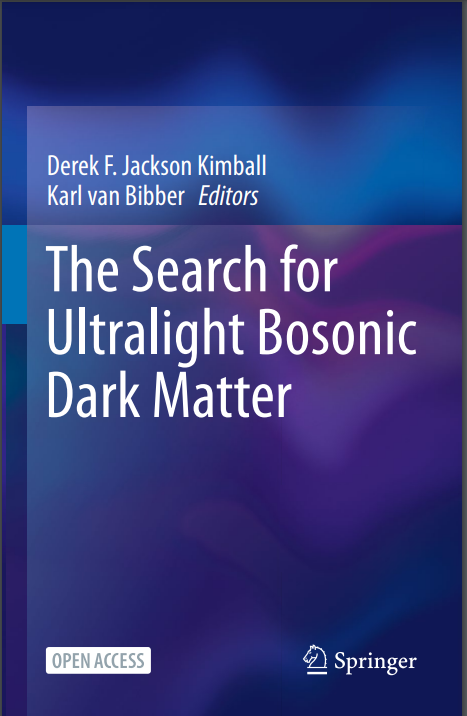The Search for Ultralight Bosonic Dark Matter
Editorial: Springer Cham
Licencia: Creative Commons (by)
Autor(es): Karl van Bibber
Derek F. Jackson Kimball
A host of astrophysical measurements suggest that most of the matter in the Universe is an invisible, nonluminous substance that physicists call “dark matter.” Understanding the nature of dark matter is one of the greatest challenges of modern physics and is of paramount importance to our theories of cosmology and particle physics. This text explores one of the leading hypotheses to explain dark matter: that it consists of ultralight bosons forming an oscillating field that feebly interacts with light and matter. Many new experiments have emerged over the last decade to test this hypothesis, involving state-of-the-art microwave cavities, precision nuclear magnetic resonance (NMR) measurements, dark matter “radios,” and synchronized global networks of atomic clocks, magnetometers, and interferometers. The editors have gathered leading experts from around the world to present the theories motivating these searches, evidence about dark matter from astrophysics, and the diverse experimental techniques employed in searches for ultralight bosonic dark matter.
The text provides a comprehensive and accessible introduction to this blossoming field of research for advanced undergraduates, beginning graduate students, or anyone new to the field, with tutorials and solved problems in every chapter. The multifaceted nature of the research – combining ideas and methods from atomic, molecular, and optical physics, nuclear physics, condensed matter physics, electrical engineering, particle physics, astrophysics, and cosmology – makes this introductory approach attractive for beginning researchers as well as members of the broader scientific community.
Compartir:
Una vez que el usuario haya visto al menos un documento, este fragmento será visible.


